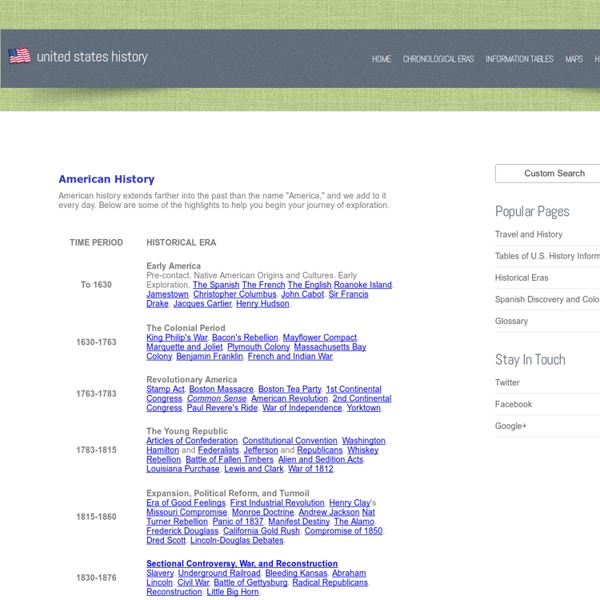



Antiwar and Radical History Project Aquatic "invasion" of Fort Lewis, July 13, 1969, copyright (c) Steve Ludwig Antiwar movements have never been separate from movements for civil rights, union recognition, and social change. In the Pacific Northwest, labor unions and socialists played a large part in the movement against World War I, while civil rights activism paved the way for the growth of the antiwar movement during the Vietnam era. Vietnam veterans and soldiers saw their antiwar struggle as part of a larger one involving black power, anti-racist, and student activism. These Vietnam-era antiwar activists, in turn, helped develop Seattle's women's movement in the 1970s and organized against nuclear weapons in the 1980s.
Founding Fathers of the United States Terminology[edit] Within the large group known as the "Founding Fathers", there are two key subsets, those who signed the Declaration of Independence in 1776 and those who framed the Constitution in 1787. A further subset includes those who signed the Articles of Confederation.[1] Some historians define the "Founding Fathers" to mean a larger group, including not only the Signers and the Framers but also all those who, whether as politicians, jurists, statesmen, soldiers, diplomats, or ordinary citizens, took part in winning American independence and creating the United States of America.[2] Historian Richard B. Morris in 1973 identified the following seven figures as the key Founding Fathers: John Adams, Benjamin Franklin, Alexander Hamilton, John Jay, Thomas Jefferson, James Madison, and George Washington.[3] Three of these (Hamilton, Madison and Jay) were authors of the The Federalist Papers, advocating ratification of the Constitution. Background[edit]
The World of 1898: The Spanish-American War "The war of the United States with Spain was very brief. Its results were many, startling, and of world-wide meaning." --Henry Cabot Lodge Hispanic Division, Library of Congress This presentation provides resources and documents about the Spanish-American War, the period before the war, and some of the fascinating people who participated in the fighting or commented about it. United States Constitution The Constitution was adopted on September 17, 1787, by the Constitutional Convention in Philadelphia, Pennsylvania, and ratified by conventions in eleven States. It went into effect on March 4, 1789.[2] Since the Constitution was adopted, it has been amended twenty-seven times. The first ten amendments (along with two others that were not ratified at the time) were proposed by Congress on September 25, 1789, and were ratified by the necessary three-fourths of the States on December 15, 1791.[3] These first ten amendments are known as the Bill of Rights. The Constitution is interpreted, supplemented, and implemented by a large body of constitutional law.
American Revolutions: The Other Side of Modern, 1900-1945; essay by Scott A. Shields Crocker Art Museum Sacramento, CA American Revolutions: The Other Side of Modern, 1900-1945 by Scott A. Shields The history of twentieth-century art in the United States is usually discussed as a series of revolutions. Medieval History Lectures: Dr. Lynn H. Nelson Please take into consideration the purpose and audience for which the lecture notes listed above were written. For a good many years, I taught a three-credit-hour freshman survey entitled Introduction to Medieval History to enrollments of room-size - generally three hundred students. During those years, the University of Kansas maintained an open enrollment policy in which all graduates from accredited Kansas high schools were admitted to the University.
American History Timeline Archaeological evidence has shown that systems similar to the quipu were in use in the Andean region from about 3000 BC. (Wikipedia) Quipu: an ancient Inca device for recording information, consisting of variously coloured threads knotted in different ways. From beginning of fifteenth century at latest, Iroquois Confederation formed according to Engels. See "Iroquois Confederacy" in the Encyclopedia of North American Indians. See below 1607 - 1634 - 1675 - 1776 - 1787 - 1791 - 1832 - 1851 - The World Factbook People from nearly every country share information with CIA, and new individuals contact us daily. If you have information you think might interest CIA due to our foreign intelligence collection mission, there are many ways to reach us. If you know of an imminent threat to a location inside the U.S., immediately contact your local law enforcement or FBI Field Office. For threats outside the U.S., contact CIA or go to a U.S.